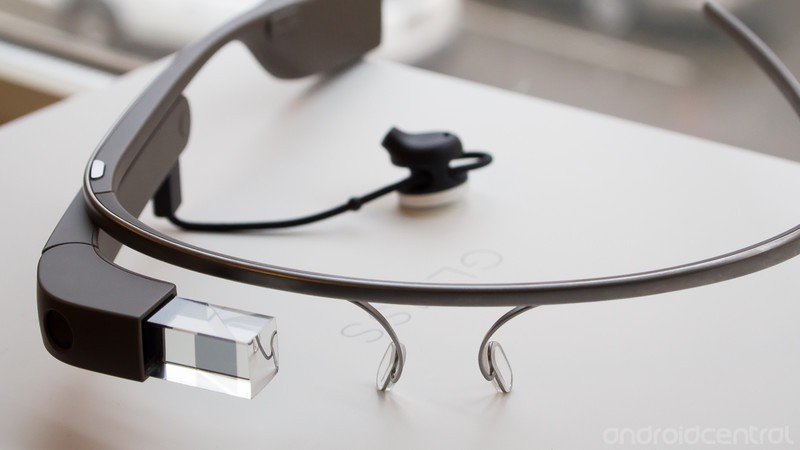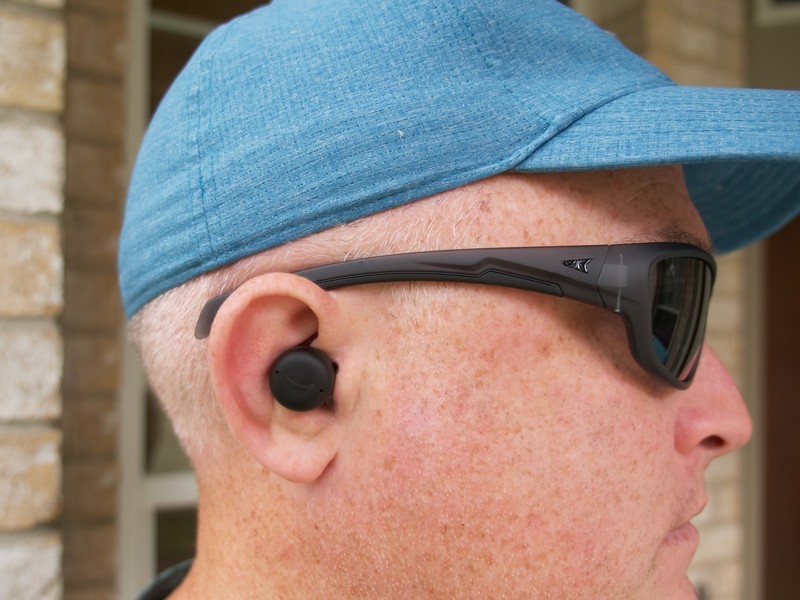Smart glasses still haven't proven why they need to exist

For many technology fans and sci-fi nerds, smart eyewear is one of the most sought-after gadgets behind implantable brain chips. From augmenting the real world to immersing yourself into a completely virtual one through a lightweight pair of smart glasses, this has to be in the top three coolest pieces of tech to have — and it's here, right?
Over the past decade, we've gotten a lot of different smart glasses, but none of them have given customers a compelling reason to pick up a pair.
Perhaps the most famous, and potentially the product that set the category both forwards and backward, is the original Google Glass from 2012. This device most closely resembled what we had seen in movies, from the cyborg-esque design to offering a lot of functionality in a small computer worn on our faces. Unfortunately, in reality, the product was a bit ahead of its time, and neither the world nor the supporting technology was ready for it.

Today, smart glasses come in all sorts of styles — but is anyone buying them?
Google Glass was a surprise to almost everyone when it arrived at Google I/O. For all that the product could do — take pictures, videos, act as a HUD for your phone, take calls, etc., it was what it didn't do that ultimately caused it to fail. Google Glass was a privacy nightmare because people were always worried that they were on a connected camera pointed towards them when someone else was wearing it nearby. It also didn't have a lot of third-party software support to broaden its appeal.
Fast forward to today, and while we don't have a true successor to the Google Glass of 2012, we do have far more options in the smart glass category and way more ways to support them. However, just because they can be made doesn't mean they should be.

Smart glasses have my mind split into two halves. One part wants to own every version because I'm a tech geek, and I'll figure out what to do once I have them. The other part, the pragmatic portion, rejects this outright. These are still pricey products trying to figure a compelling use case, or in the case of the Nreal Light AR glasses, trying to find enough software to justify their existence.
For all of the cool and exciting things we think of when it comes to smart glasses, our current reality says there aren't any.
And then there's the price. When we look at the most cost-effective options on the market today, the audio glasses such as the Razer Anzu or the Amazon Echo Frames 2, I still don't see a legitimate need for them to exist. The idea of a pair of glasses with speakers built into the frame is similar to how the Oculus Quest 2 VR headset does, which might seem like a good idea on paper. But in practice, they make too many concessions and compromises, even as a workout accessory.
Get the latest news from Android Central, your trusted companion in the world of Android

I love listening to music, but I struggle to figure out why I need a pair of audio frames. Is there a gap in my audio consumption lifestyle for these types of glasses to fill? There are so many excellent wireless headphones and earbuds on the market that do far more than audio glasses can do that I just can't fork over the cash.
As a parent, I can see a case for smart glasses for photography. The Ray-Ban Stories seem like a product that could be beneficial, staying engaged more naturally with my family while still capturing our experiences to share and reflect on. But then I'm reminded about privacy. However, like the original Google Glass, it's an internet-connected camera always facing people, and as such, can run afoul of privacy and copyright concerns. The struggle to make the public comfortable with this is eternal and seemingly hopeless, especially when privacy-plagued Facebook is the one handling all that footage.

There is also the bottleneck of the hardware. Technology just isn't capable of the optical and audio capture that many people would want. Smartphones have gotten so good at image quality, and some of the best Android phones even have respectable audio chops that consumers have a higher level of expectation for the reproduction of their memories.
However, we can take another step forward and get into the truly tech nerd realm of AR and XR glasses. These devices both expand beyond everyday use and make the biggest case for smart glasses as a category. It's also where the most innovation is happening. We even saw some new players show up at CES 2022 with the TCL NXTWEAR AIR and the ambitious eye-tracking sensors from Somalytics.
Small, lightweight glasses that could replace a TV or computer monitor has the potential to be a major market disruptor.
The idea behind this product category is to provide either an augmented digital overlay of information over the real world that you see or by effectively replacing a larger display like a TV. As an AR or XR pair of glasses, the potential of overlaying information for something like a museum tour, an engineer's schematics, or even scans during surgery shows there's definitely a space for this product type.
Even though these types of glasses have a ton of potential in various areas, from industrial to entertainment, they are also the ones most constrained by technology. We've been hearing about Magic Leap glasses for years that have yet to fulfill their promise. Even big players like Microsoft with its Hololens have struggled to reach the mass market.

I'm glad that companies continue to pump R&D money into this category because I find it entertaining — even Google appears to be taking another swing at developing another pair of smart glasses. But, as of today, there are a lot of bridges to cross for these devices to earn their place on my face and show why they should exist at all.

